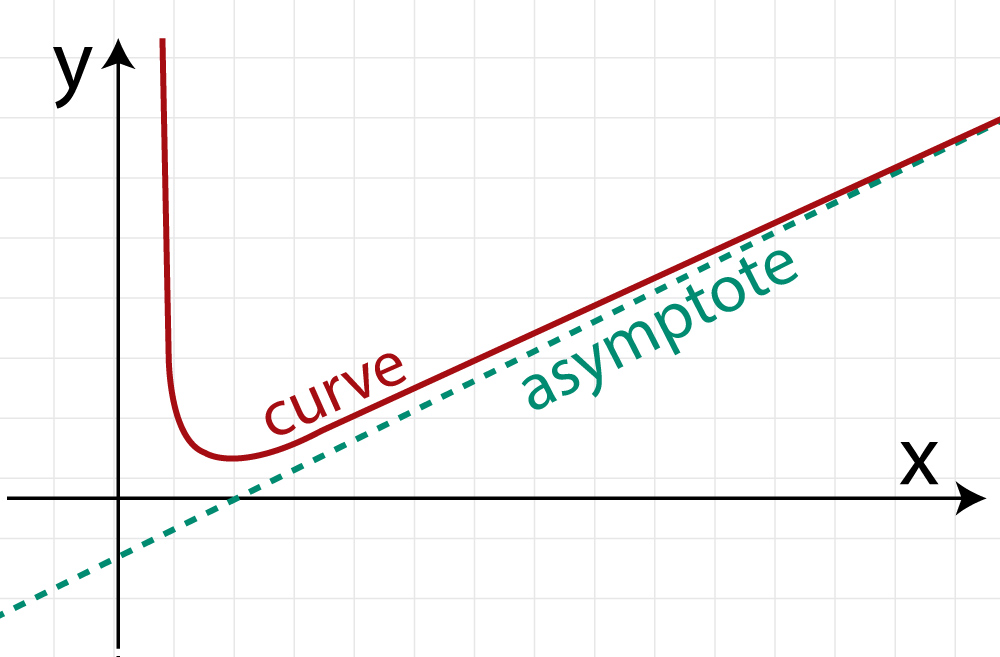
Asymptote is an interesting concept in Algebra. It is a straight line that continually approaches a given curve but does not meet it at any finite distance. The learning field is something like that. We keep coming up with new concepts, principles, and frameworks in the hope of meeting that “effective learning curve”, but it keeps eluding us, and the game (pun unintended) goes on. And that’s how today we have a new concept that is taking the learning world by storm – Gamification.

In this short write-up, we address 7 frequently asked questions from Instructional Designers.
1. What Is Gamification?
Gamification is the process of taking game-based elements and putting it into a non-gaming context. In other words, it is the application of game-like mechanics to non-game entities in order to encourage a specific behavior.
2. Is Gamification Relevant Only To Learning?
Gamification is being increasingly explored as a way to motivate learners, but gamification is not limited or relevant to learning alone. As you can see in the definition, you can include game elements in any non-game context. This implies that you can gamify just about anything – learning, marketing, advertising, financial services and so on.
3. How Is Gamification Different From Game-Based Learning?
In game-based learning, game is part of the learning process. It is applied at a product level, in a course, module or topic, to meet a specific learning objective. The aim is to help learners understand a concept, learn a discrete skill or check learners’ understanding of a concept (through assessment). In game-based learning, the content to be mastered is presented in the form of a game, through features such as simulation, competition, conflict and so on.
On the other hand, in gamification, the learning process as a whole is turned into a game. It is applied at the system level, where the complete pedagogical system or the learning management system is designed as a game. In this case, game elements may manifest in the form of badges awards, or levels that learners achieve/collect as a result of completing a learning task.
4. Do Games Really Help You Learn?
That depends upon how well the game is designed. If you are using games merely as a wrapper – for instance hitting a football goal, each time the learner correctly answers an assessment question on compliance, then you are obviously not teaching anything. However, if you explain a specific concept through a game, then you are disseminating learning. But again, this depends upon how well you have designed the game. The best learning games teach in the same way good teachers teach. They are not merely wrappers for pseudo-engagement; rather they help learners find genuine excitement in learning, and help in learning a topic.
5. What Are The Elements Of A Well-Designed Learning Game?
The game is relevant to learning. While playing the game, the learner will acquire knowledge or skill that they need in their day-to-day life, or in the workplace.
The game itself is simple to comprehend and play. For instance, if you design a game with a complex set of rules to be played over a long duration to communicate a simple concept, the learner may end up getting frustrated.
6. Are There Any Guidelines For Using Game Elements?
A good game is one in which the game elements appeal to the target player type. You may refer to Amy Jo Kim’s framework of Player Types for this purpose. You may also listen to Karl Kapp where he talks about how to get started with game design.
7. Are There Any Frameworks Or Taxonomies That We Can Use To Understand Game Design In The Learning Context?
Yes. Octalysis is a framework developed by Yu-kai Chou who is a renowned author and International Keynote Speaker on gamification and behavioral design. Through this framework, Yu-kai Chou identifies eight core drives of gamification, which are as below:
- Core Drive #1: Epic Meaning & Calling
- Core Drive #2: Development & Accomplishment
- Core Drive #3: Empowerment of Creativity & Feedback
- Core Drive #4: Ownership & Possession
- Core Drive #5: Social Pressure & Envy
- Core Drive #6: Scarcity & Impatience
- Core Drive #7: Unpredictability & Curiosity
- Core Drive #8: Loss & Avoidance

0 responses on "7 Frequently Asked Questions About Gamification"